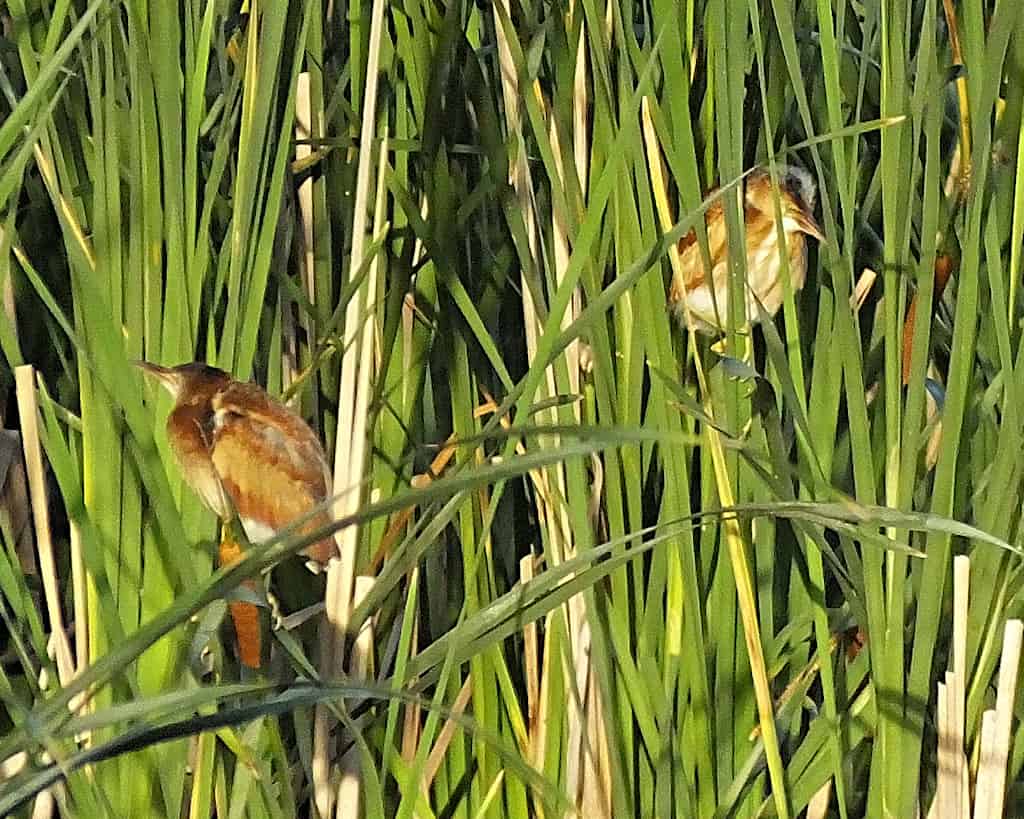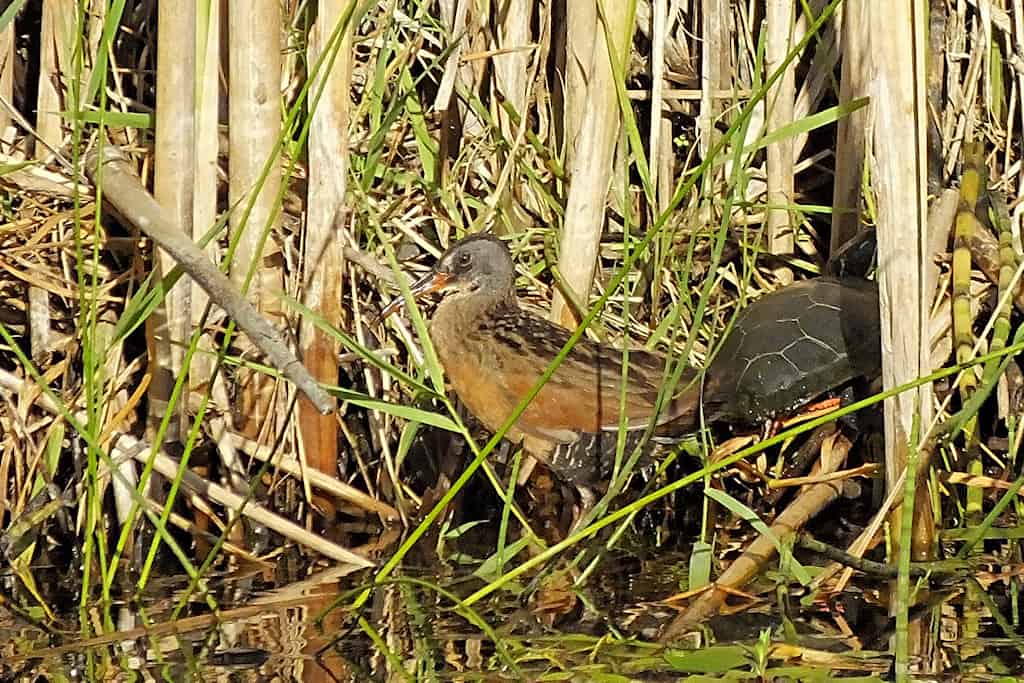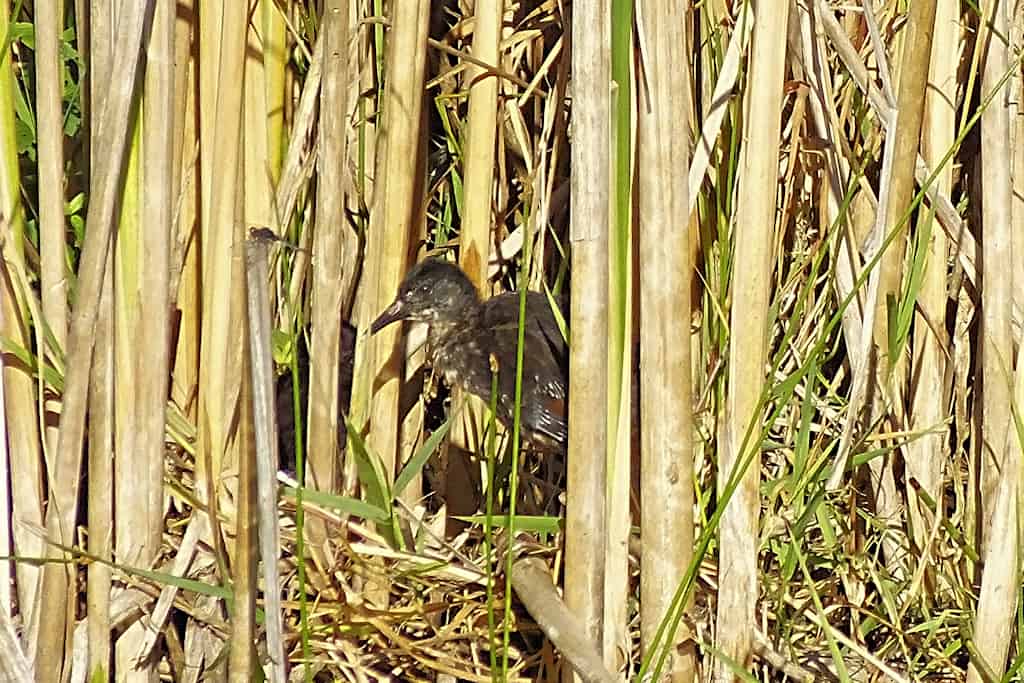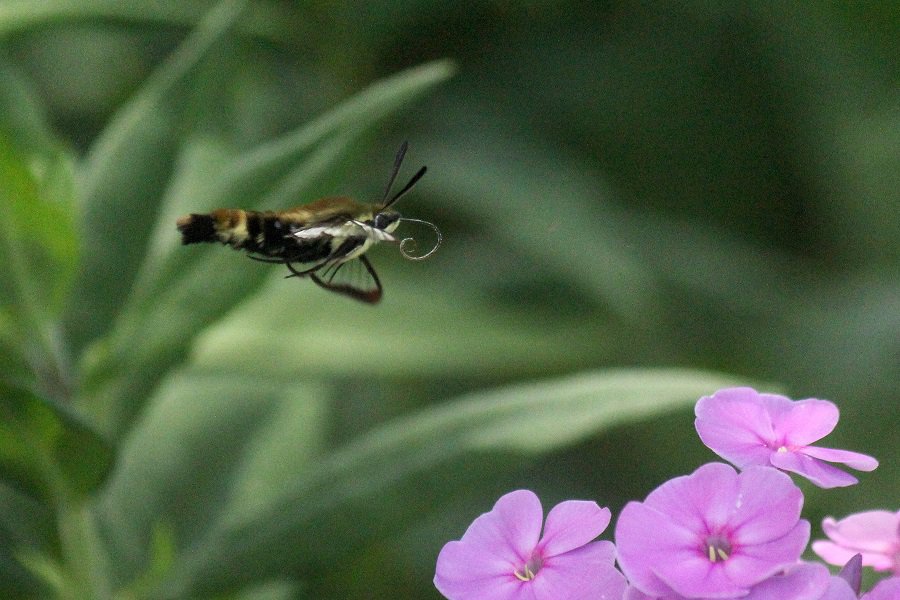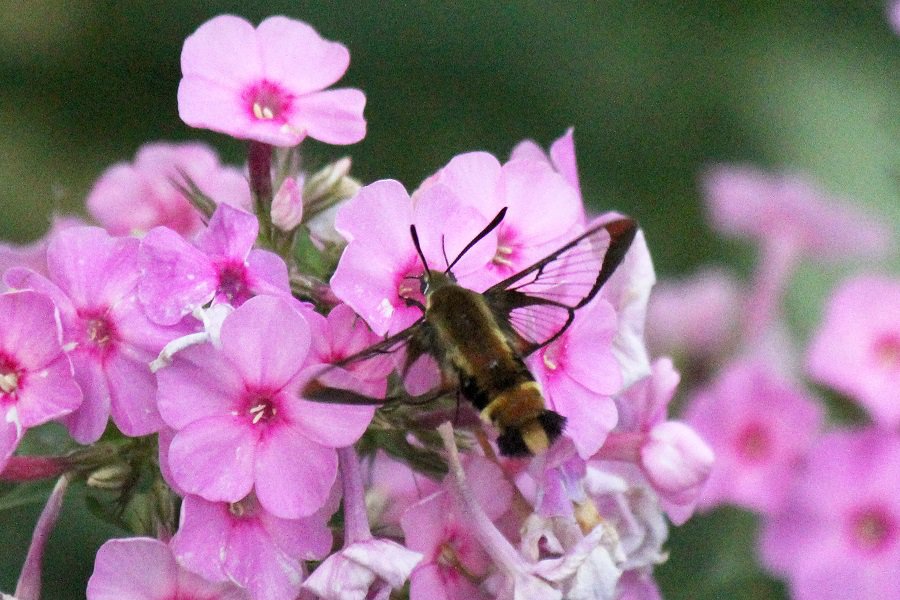This Imperial Moth is a new one for me. Apparently others in the Stony Lake area have seen them, too. Perhaps that is a coincidence or maybe climate change? Rob Welsh, Dodsworth Island, Stony Lake – July 3
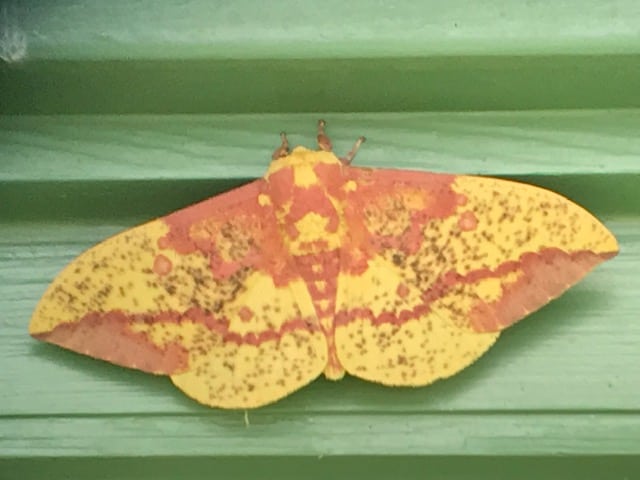
Tim Dyson’s response to Imperial Moth question above:
It’s not climate change as to why we are seeing this moth so much on Stony.The local subspecies of Imperial Moth here is “Eacles imperialis pini” (“pini” having to do with the fact that their larvae eat pine needles, instead of the broad-leaf foliage consumed by the more southern nominate race).
This year seems like any other year on the lake in terms of their population size/abundance and the frequency of encounters with them. Unfortunately for the moths, they are particularly attracted to MV (mercury vapour) type street lamps, at night, near which they rest until dawn when the local jays, grackles, and robins feast upon them, leaving only the moth’s wings behind. The summer of 2016 seemed to be an exceptionally high point in their cycle, if they indeed have one, On the ground beneath one light, I found the wings of more than sixty of these moths over a five day period. (Each moth has four wings, so as you can imagine, that would make at least 240 wings found). See photo below of some of those wings gathered into one place for counting.
Your sighting is not the first I have heard of on Stony in the past week or so from locals. It would seem that people are finally noticing this big moth that has always been there. Why now? Your guess is as good as mine. Perhaps folks are taking things easier these days, are at home a lot more, and therefore stand a better chance of seeing new things that were previously overlooked? Or, maybe it has a little to do with the forest along some parts of Northey’s Bay Road and surrounding area being so incredibly defoliated by Gypsy Moth larvae right now, that now it is much easier for moths to be pulled irresistibly towards outdoor lights left on. Whereas during a non-Gypsy forest defoliation, the forest would have been a lot thicker, and thus, outside lights would not have penetrated the darkness terribly far, and as a result, not attracted nearly as many moths as it might now, by the forest currently being so open? Who knows? These are just a few possibilities coming to mind.
Yes, the Imperial Moth (form pini) is quite abundant on Stony Lake and surrounding areas with pines and always has been. Look for the larvae, especially during the second half of August, as they cross roads and yards in the area, seeking good places to burrow and pupate for the winter, in and beneath the leaf-litter. Tim Dyson
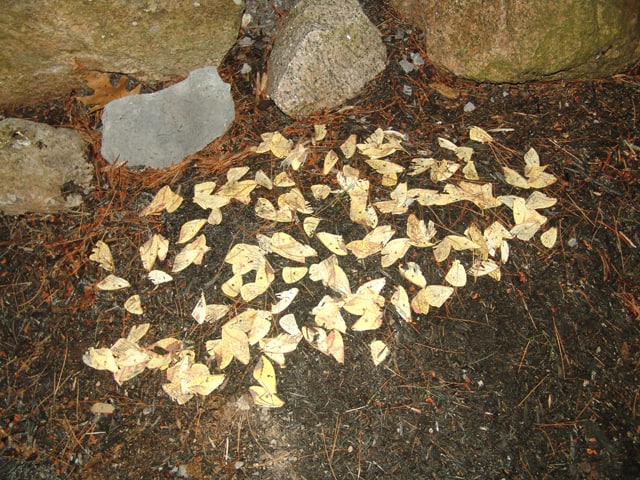
Friends of the Earth has just published “A Flower Patch for the Rusty-patched Bumblebee: Creating Habitat Gardens for Native Pollinators in the Greater Toronto Area”. Free digital copies of the e-guide are available through foecanada.org as a public service. The guide applies equally well to all areas of southern, central, and eastern Ontario.
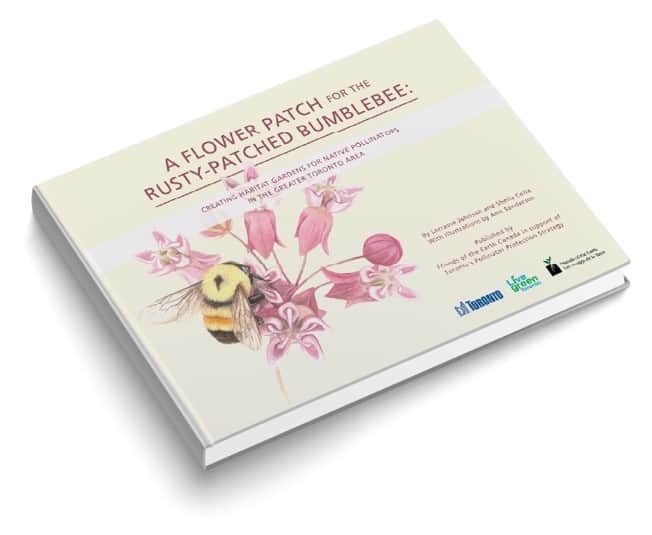
I went up to Anstruther Lake on July 6 with Mitch Brownstein. We had good looks at four juvenile Peregrine Falcons on a cliff ledge. This is the seventh year in a row, I believe, that the Peregrines have nested here. It’s wonderful to see this species making such a strong comeback from the brink of extirpation in Ontario. As of July 12, one of the young falcons had fledged and flown up to the top of the cliff. Drew Monkman
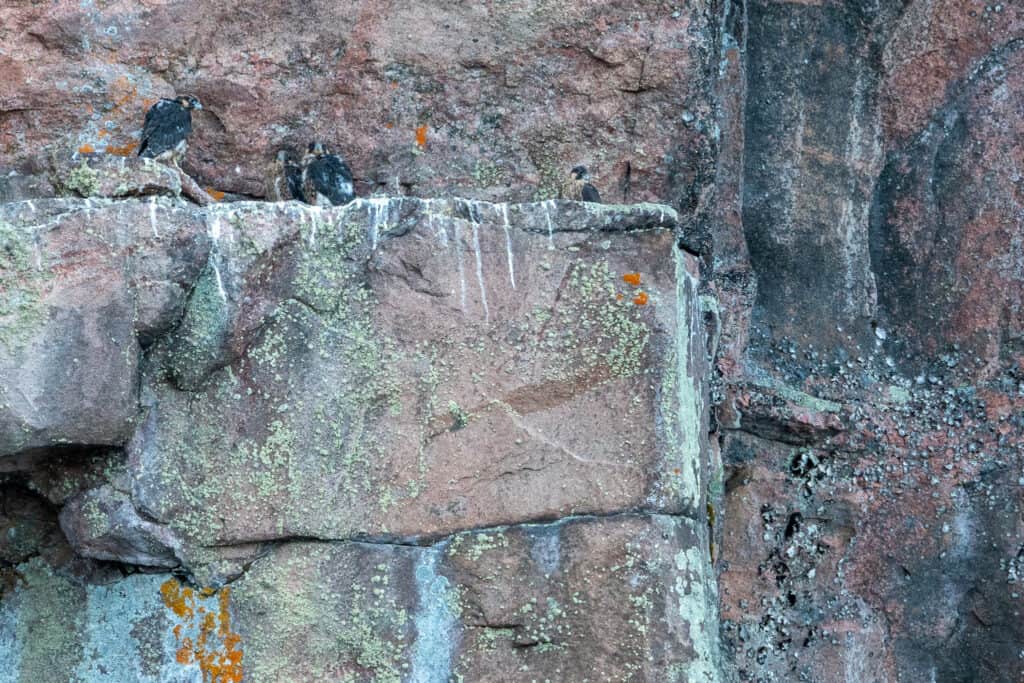
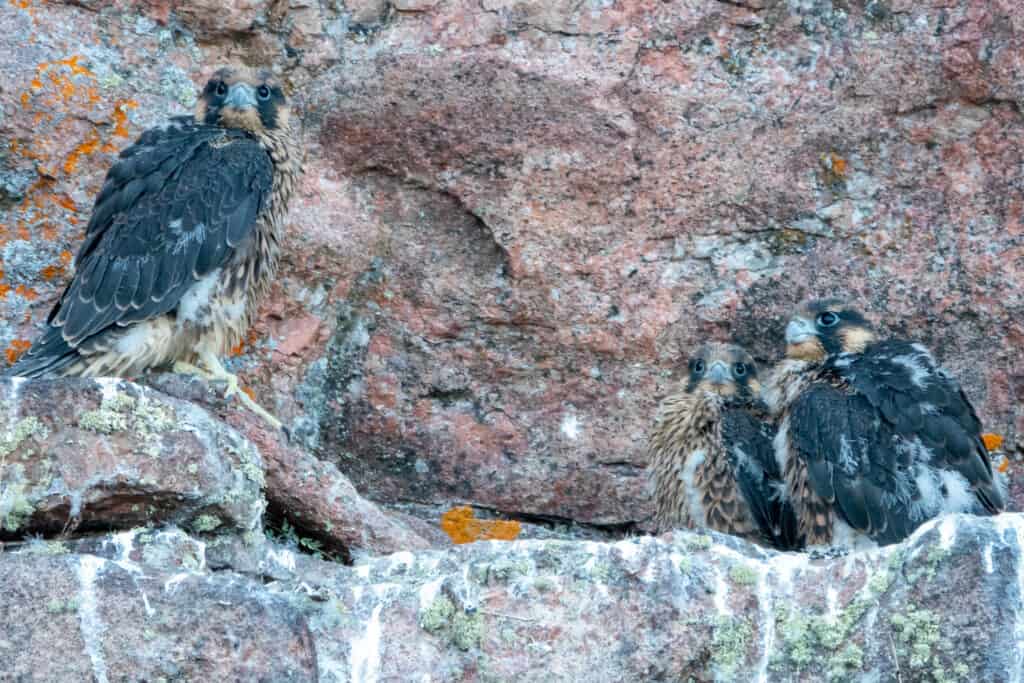
On July 12, I had my first ever sighting of a Least Bittern. He was in the cattails but would not come into full view for a photo. This was on 3rd line of Douro. Carl Welbourn
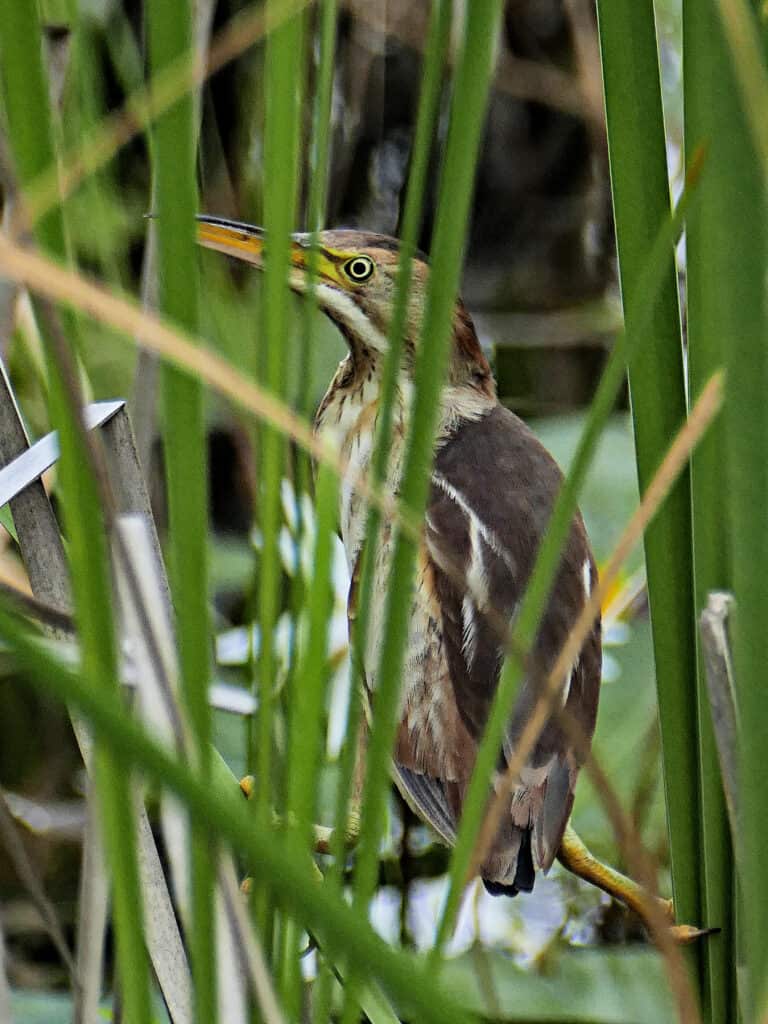
Today, July 20, was another good morning at a marsh near Douro. I was able to photograph a pair of Least Bitterns together and both an adult and a juvenile Virginia Rail. On July 16, I had at least 10 Least Bitterns at this location. Carl Welbourn
It’s been over a month since our first sighting this summer of hummingbird moths. On July 15, we saw one again, this time nectaring very briefly at the phlox. I’m reasonably sure it’s also a Snowberry Clearwing (Hemaris diffinis).
